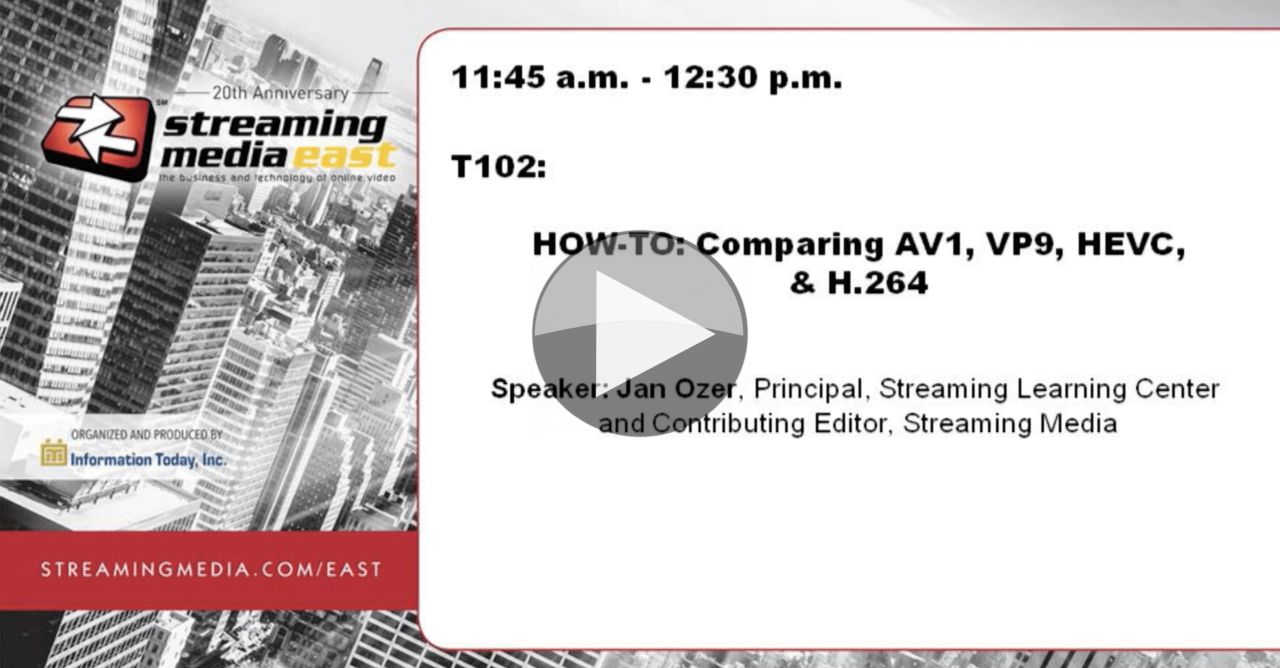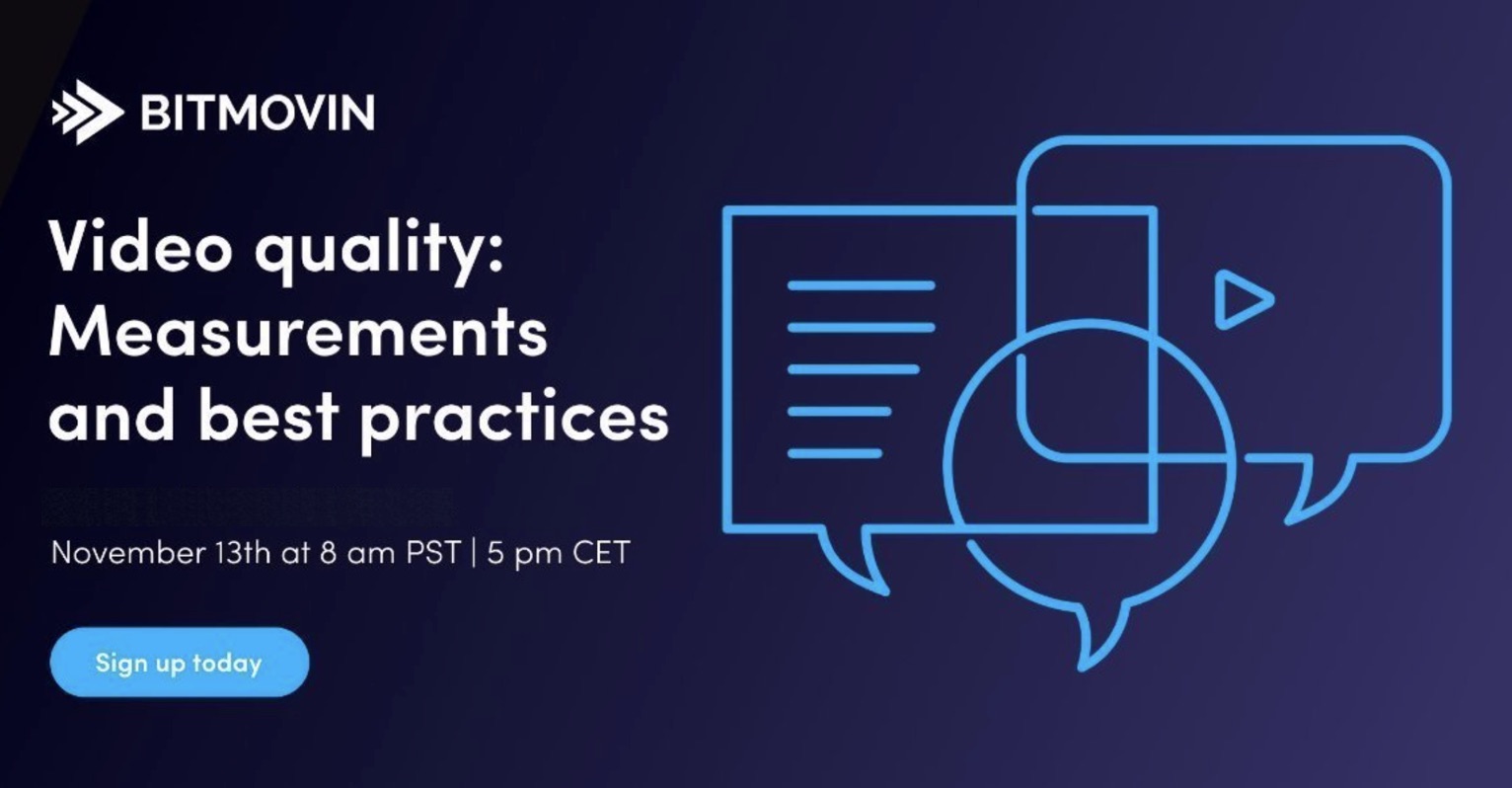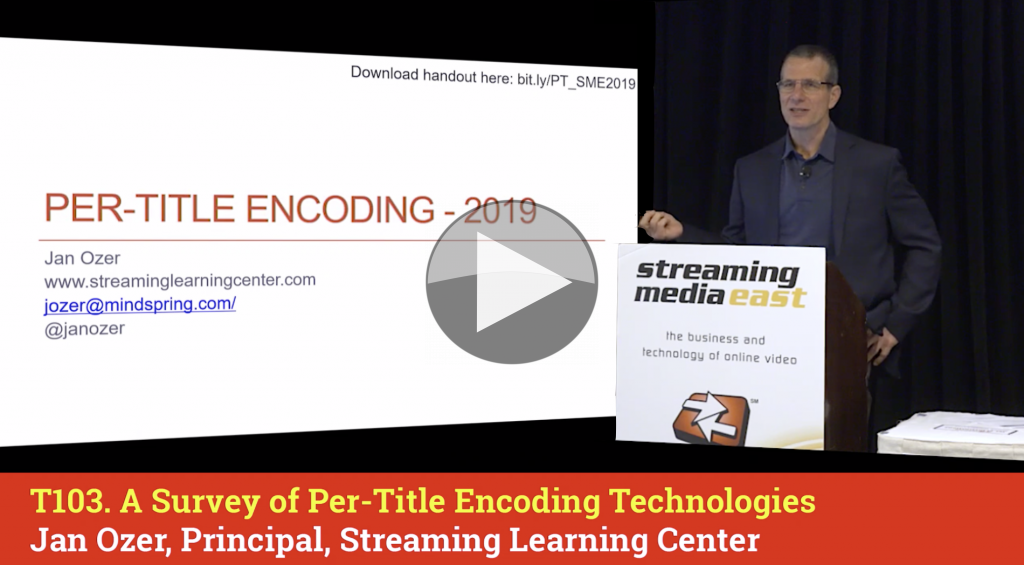Hardware encoding is more pervasive with Intel’s Quick Sync embedding CUDA GPUs inside GPUs plus NVIDIA GPUs have MPEG NVENC encoding support so how does it compare with software encoding? For HEVC, can Xilinx’s FPGA solution be a boost in terms of quality or cost compared to software encoding?
Jan Ozer has stepped up to the plate to put this all to the test analysing how many real-time encodes are possible on various cloud computing instances, the cost implications and the quality of the output. Jan’s analytical and systematic approach brings us data rather than anecdotes giving confidence in the outcomes and the ability to test it for yourself.
Over and above these elements, Jan also looks at the bit rate stability of the encodes which can be important for systems which are sensitive to variations such services running at scale. We see that the hardware AVC solutions perform better than x264.
Jan takes us through the way he set up these tests whilst sharing the relevant ffmpeg commands. Finally he shares BD plots and example images which exemplify the differences between the codecs.
Watch now!
Download the slides
Speaker
 |
Jan Ozer Principal, Streaming Learning Center Contributing Editor, Streaming Media |








